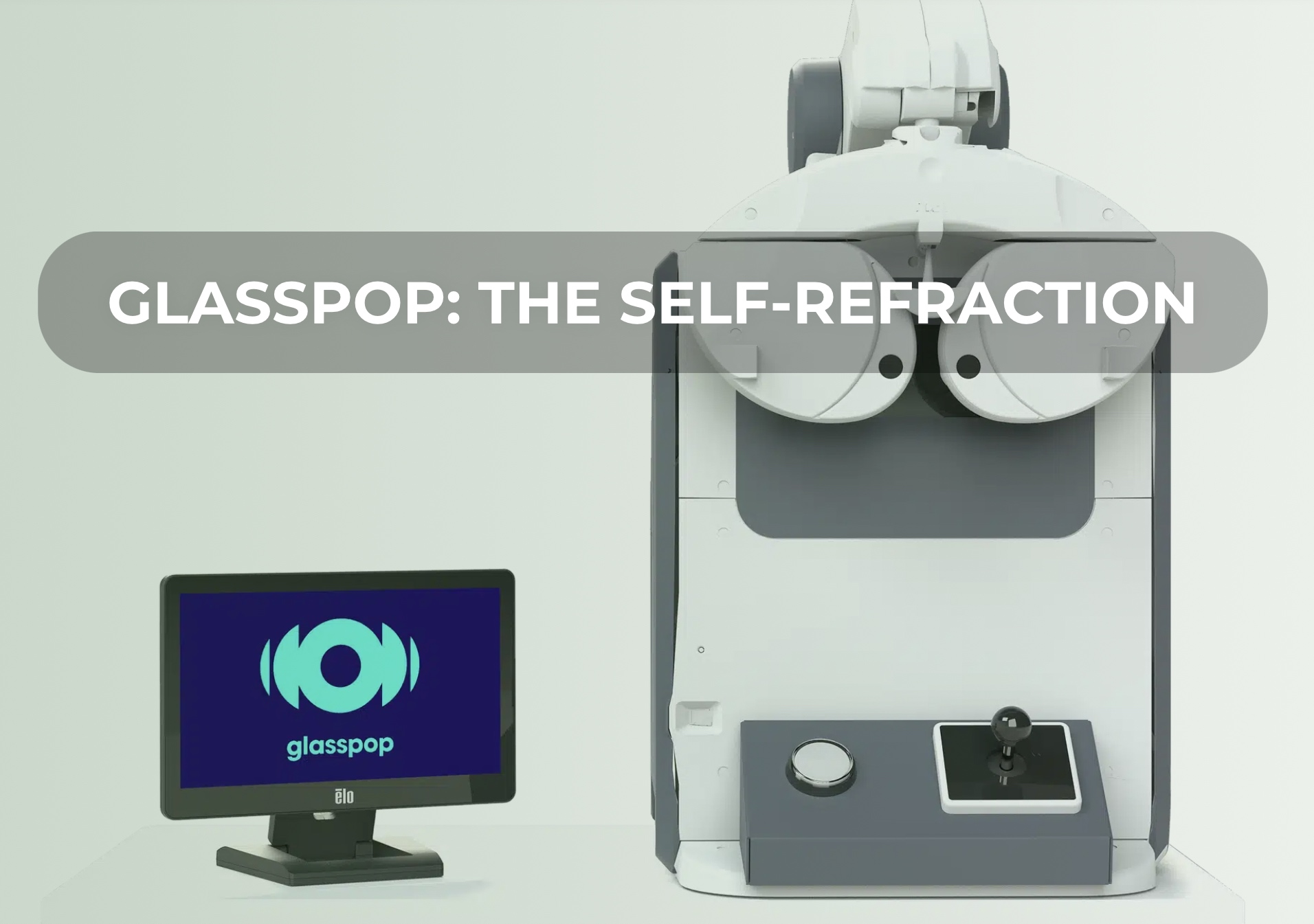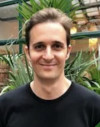Hi Florent,
you're ophthalmologists and founder of the Start-up Glasspop. Tell us about your idea. How did you come up with it and which problem do you adress?
Hi Sebastian, thank you so much for this interview.
As you said, we are two brothers and two ophthalmologists. The starting point is that everyone on earth needs to have a comprehensive eye exam, let’s say, every two years. When you add that myopia is exploding, you can understand the high pressure of having an eye exam. But, to be clear, we doctors are not enough to see that many patients. So, we need to create new tools to see more patients with at least the same quality level. With that axiom in mind, we try to figure out some steps in a comprehensive eye exam that we can automatize thanks to new technology.
Innovation, like one of my favorite author Clayton Christensen used to say, is to make complex and expensive tasks simple and affordable.
In medicine, it means transferring the task from doctors to technical staff, exactly what we did in the past with the evolution from sciascopy to automated refractors, and now it is about transferring the task from our assistants to the patient itself. So that’s why we created an automated subjective refractor.
How does this work in practice? What technology is behind it and what does the patient do?
It’s straightforward. The patient is asked via a headset to answer on the orientation of E Snellen letters. He has a joystick to do that. He just has to push a button when he can't see clearly (Video).
Our software, regarding many parameters like the age, the previous refraction, the automated refractor output, the speed, and the accuracy of the patient's answers, will drive the exam automatically. As a result, in an average 5 minutes, you will obtain final refraction with visual acuity.
Our algorithm currently works with several types of languages to drive the process. With an increasing amount of data, we are now about to evaluate the interest in reducing exam time thanks to machine learning.
Video: Watch on YouTube how the Glasspop device works.
Do you still need assistants to perform the refraction?
Absolutely no! All the interest is here.
Is your device on the market yet? What are your experiences in practice? What are the limitations? What are the benefits for the patients, what for the doctors and technical stuff?
Yes! We currently make about 4 to 5 thousand weekly refractions between France, UK, Netherlands, and soon Belgium. The product is designed to make refraction for 16 to 65 years old patients. As you can imagine, we consistently monitor the patient’s experience and the numbers are excellent. Patients understand pretty quickly that we are entering a new era where more and more data will be collected and analyzed by themselves, thanks to technology. For doctors and assistants, it’s a way to save time. Glasspop is a “fast pass” to a comprehensive eye exam. It allows a center to welcome more patients and reallocate human resources to more high-added-value tasks.
Are you ready for telemedicine applications?
Yes ! We deliver visual acuity and refraction, so we can imagine opening satellite sites.
Together with an automated corneal tomography, e.g. in form of a swept-source OCT, the device would be predisposed for the follow-up of keratoconus patients or patients with wet macular degeneration during the application of intravitreal anti-VEGF. Do you already have experiences or could you filter out subgroups which seem to benefit from your device?
We work on developing a module to evaluate objectively defocus curve after cataract refractive surgery. We can imagine a lot of applications on different subgroups, as you said. Regarding Macular degeneration for the moment, I think it’s not a good use case because these patients are often older and frequently need more attention to have an accurate exam. But, as said, the more you delegate younger patient refraction, the more you will have time to care for older patients.
Again and again, we hear that devices like yours are causing professions to be eliminated or no longer needed - to the point that some people are afraid that such devices will one day replace the profession of ophthalmologist. What do you say?
That will never happen. Calculators didn’t kill mathematicians; it just empowered them and allowed them to solve more complicated problems. It’s even the contrary. Automatization creates jobs. A brilliant essay from Xavier Jaravel, an economist at the London School of economics demonstrates it. Consider how many screening practices we can build from scratch if technology helps us collect and pre-analyze data.
Finally, if we take a step back, Have you ever seen a patient with a severe glaucoma diagnosis crying with an OCT within its arms? - Patients need humanity. Let’s create tools that allow eye care professionals to spend less time collecting data and more in taking care of them.
Great, thanks for the interview!
Thank you again!
Further Links:




